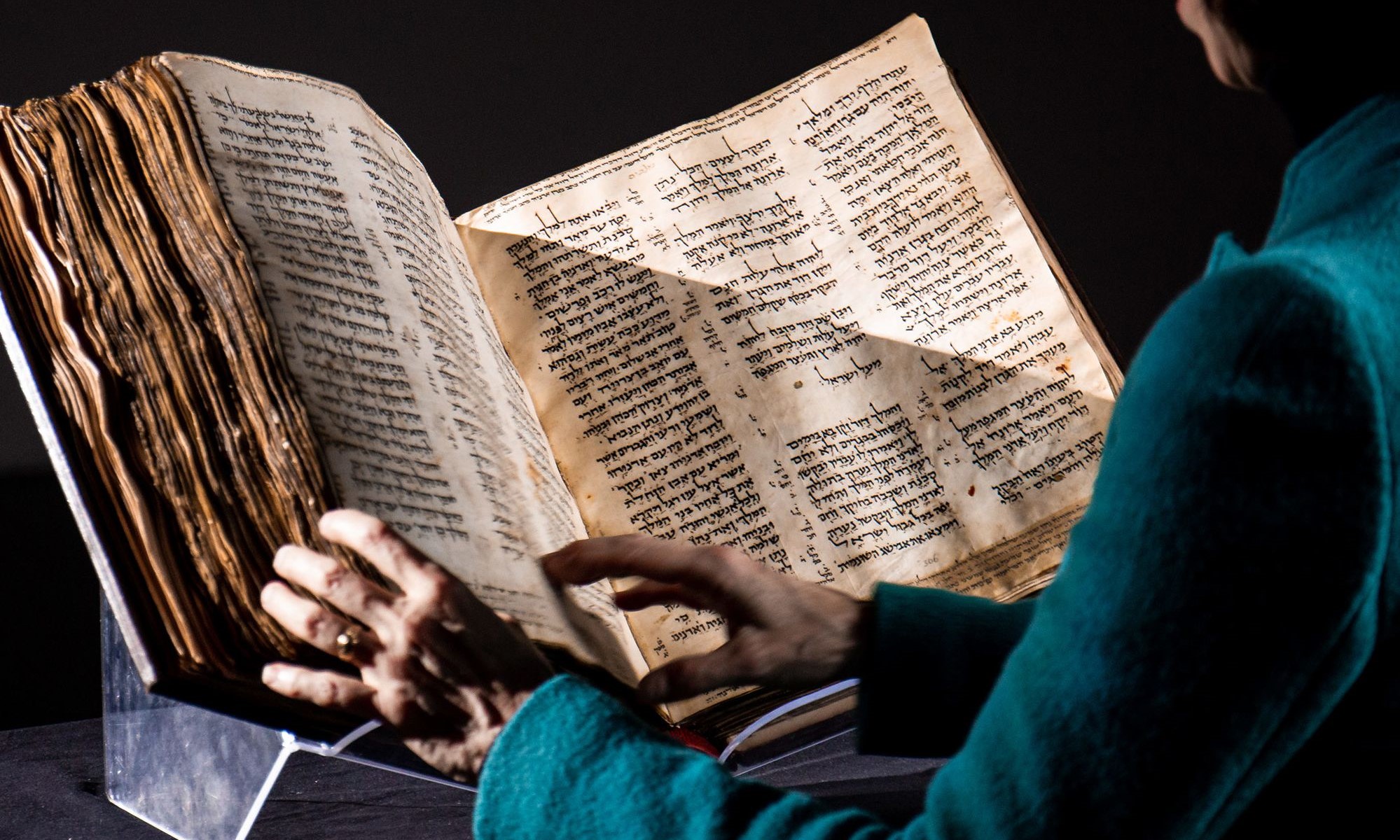 a testament to the enduring significance of historical artifacts, the world recently witnessed a remarkable event as the oldest known Hebrew Bible was sold for an astounding $38.1 million. This landmark sale not only showcases the enduring value placed on ancient manuscripts but also highlights the cultural and religious importance of preserving and studying such rare treasures. In this article, we delve into the fascinating story behind the sale of the world’s oldest Hebrew Bible, exploring its historical significance, the context of the sale, and the implications for the study of ancient texts.
a testament to the enduring significance of historical artifacts, the world recently witnessed a remarkable event as the oldest known Hebrew Bible was sold for an astounding $38.1 million. This landmark sale not only showcases the enduring value placed on ancient manuscripts but also highlights the cultural and religious importance of preserving and studying such rare treasures. In this article, we delve into the fascinating story behind the sale of the world’s oldest Hebrew Bible, exploring its historical significance, the context of the sale, and the implications for the study of ancient texts.
The Significance of an Ancient Manuscript
The ancient Hebrew Bible, commonly referred to as the Codex Sinaiticus, represents a remarkable historical artifact that provides valuable insights into the development of biblical texts. Dating back to the 4th century CE, this manuscript is believed to be one of the earliest known versions of the Hebrew Bible, containing the complete text of the Old Testament. Its acquisition and preservation offer scholars and historians a unique opportunity to understand the transmission of biblical texts and the evolution of Hebrew script and language.
The Codex Sinaiticus holds immense cultural and religious significance, serving as a vital link to the past and affirming the enduring impact of the Hebrew Bible on faith, literature, and history. Its meticulous preservation over centuries underscores the dedication of those who sought to safeguard its sacred contents, highlighting the profound reverence and value placed on religious texts throughout history.
Furthermore, the Codex Sinaiticus provides critical material for scholars engaged in the study of biblical texts, offering a reference point for textual criticism, translation, and interpretation. Its age, completeness, and accuracy contribute to the ongoing efforts to reconstruct the earliest versions of biblical writings, shedding light on their historical context and providing a foundation for comparative analysis.
The Auction and the Record-Breaking Sale
The recent sale of the Codex Sinaiticus represents a historic event in the world of antiquities and manuscript collecting. Auctioned at a prestigious auction house, the bidding frenzy surrounding this ancient treasure captivated collectors, scholars, and institutions alike. The final sale price of $38.1 million shattered previous records, attesting to the immense value placed on this irreplaceable piece of history.
The staggering price tag reflects not only the rarity and historical significance of the Codex Sinaiticus but also the intense competition among individuals and institutions seeking to possess this esteemed artifact. The acquisition of such a significant manuscript contributes to the prestige and cultural capital of the buyer, often establishing their commitment to preserving and promoting the world’s cultural heritage.
While the record-breaking sale price may raise eyebrows and lead to discussions about the ethics of auctioning off historical artifacts, it also underscores the financial challenges associated with acquiring and maintaining such pieces. The substantial funds generated from the sale can be reinvested in further research, conservation efforts, and public accessibility of other important historical materials.
Preserving the Past, Embracing the Future
The sale of the Codex Sinaiticus should serve as a reminder of the collective responsibility we share in preserving and studying our cultural and religious heritage. Institutions, scholars, and collectors must work together to ensure that these precious manuscripts are not only safeguarded but also made accessible to the wider public. Digitization efforts, collaborative research projects, and museum exhibitions all play crucial roles in promoting understanding, appreciation, and continued study of ancient texts.
Moreover, the sale of the world’s oldest Hebrew Bible emphasizes the need for ongoing investment in conservation efforts. Ancient manuscripts are delicate and susceptible to damage over time. By allocating resources to meticulous preservation techniques and practices, we can prolong the lifespan of these invaluable artifacts and ensure that future generations have the opportunity to explore and learn from them.
In the digital age, technology presents new avenues for engagement with ancient texts. Online databases, digital archives, and interactive platforms allow scholars and enthusiasts from around the world to access and engage with historical manuscripts. Embracing these digital advancements alongside traditional research methodologies helps bridge the gap between the past and the present, promoting a broader understanding of our shared human heritage.
The sale of the world’s oldest Hebrew Bible for a staggering $38.1 million highlights the enduring significance of ancient manuscripts and their impact on our understanding of history, language, and religion. The acquisition and preservation of such treasures not only provide invaluable insights into the past but also underscore the importance of continued research, conservation efforts, and public accessibility. As we navigate the intersection of cultural heritage, academia, and commercial interests, it is essential that we prioritize the preservation and study of these remarkable artifacts, ensuring their lasting legacy for generations to come.
Avid Writer with invaluable knowledge of Humanity!
Upcoming historian with over 30 million views online.
“You make your own life.”






